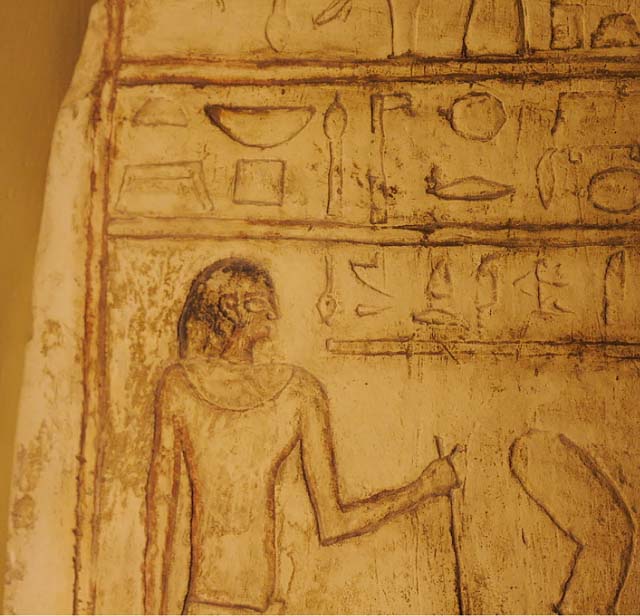Petrie Museum of Egyptian Archaeology
The Petrie Museum houses an estimated 80,000 objects, making it one of the greatest collections of Egyptian and Sudanese archaeology in the world. It illustrates life in the Nile Valley from prehistory through the time of the pharaohs, the Ptolemaic, Roman and Coptic periods to the Islamic period.
The museum is named after William Matthew Finders Petrie (1853-1942), often considered a father of modern scientific archaeology because he pioneered methods for dating and interpreting objects.Much of the collection comes from excavations carried out in Egypt and Sudan in the late 19th century and early 20th century. The museum began as a teaching collection for University College London and the objects are still used for teaching and research in many different fields in universities and schools.The museum has an innovative programme of exhibitions and events—from Film Club to installation by contemporary artists.
While the British Museum's Egyptian collection is strong on the `big stuff', the Petrie focuses on the minutiae, and provides a vivid picture of what everyday life was like through Egypt's many eras and cultures. There's a wealth of personal objects in the collection — including combs, hair curlers, mirrors and razors —which reveal how ordinary Egyptians lived.
The collection is full of 'firsts', including one of the earliest pieces of linen from Egypt (dating from around 5,000 BC); the earliest 'cylinder seal' found in Egypt (around 3,500 BC); two lions from the temple of Min at Koptos from the first group of monumental sculpture (around 3,000 BC); a fragment from the first kinglist or calendar (around 2,900 BC); the earliest example of glazing; the oldest wills on papyrus paper; the only veterinary papyrus from ancient Egypt; and the largest architectural drawing, showing a shrine (1,300 BC). The collection is also strong on Roman-period mummy portraits from the 1st and 2nd centuries AD.

